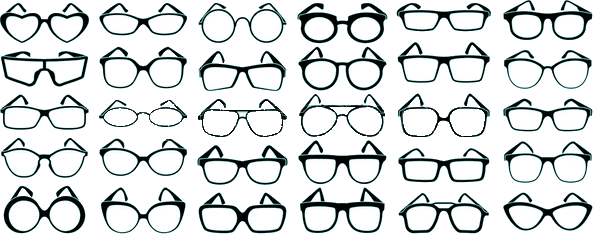GCSE level optics questions Q18.
(a) Glasses may be used to correct defects of vision. Some glasses have been designed with lenses that can be adjusted to give different focal lengths. Suggest one advantage of using adjustable lenses in glasses. Any one from:
Saying 'They focus on objects at different distances' was classed as insufficient to gee you the mark - you needed to say why this was an advantage.
[1 mark] (b) Explain how the human eye forms an image. Your explanation should include:
Do not include diagrams in your answer.
- the examiner looks for relevant points - but also for a logical sequence... It is not just a 'tick fest' - but a marker does look to see how many relevant points you have made, then considers how you have strung them together to put your answer into a 'level'
Examples of the physics points that should be made in the response:
[6 marks] (Total 7 marks) |
Follow me...
|






